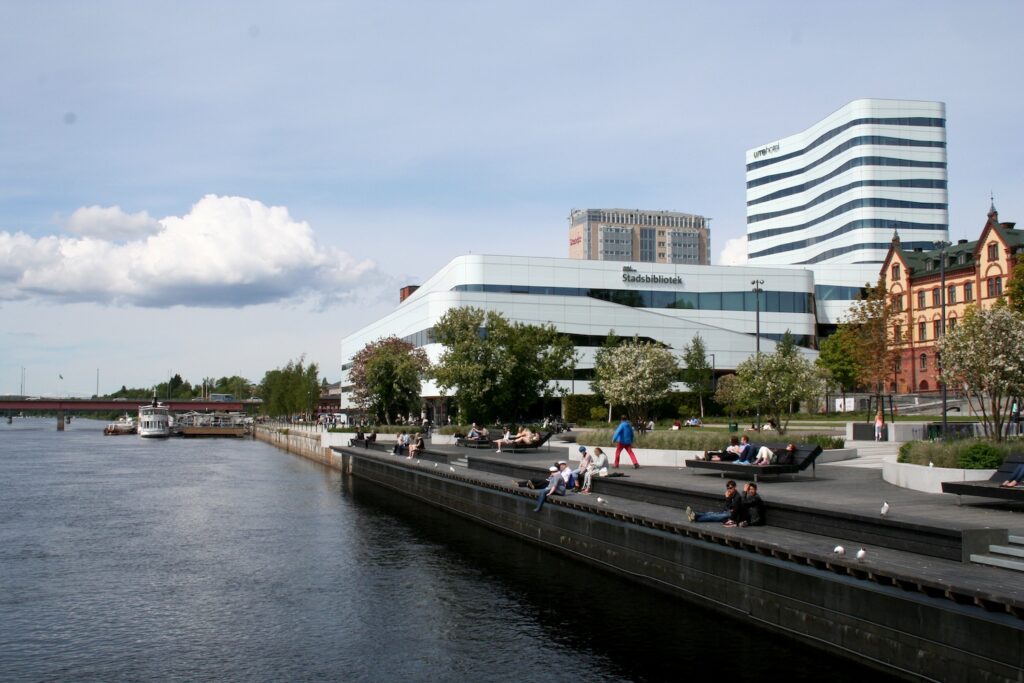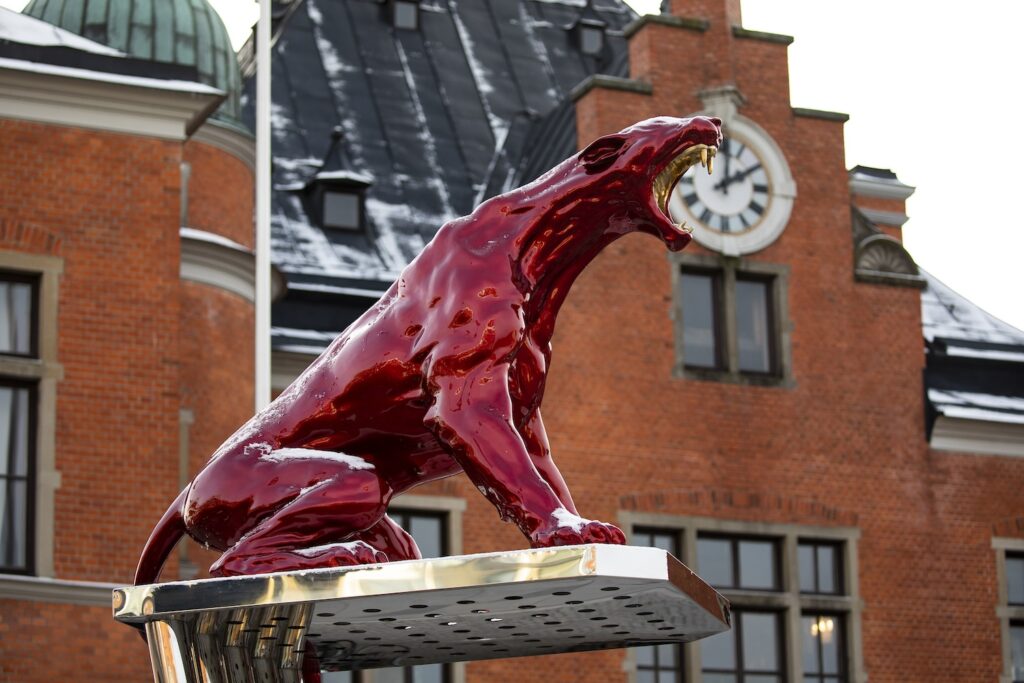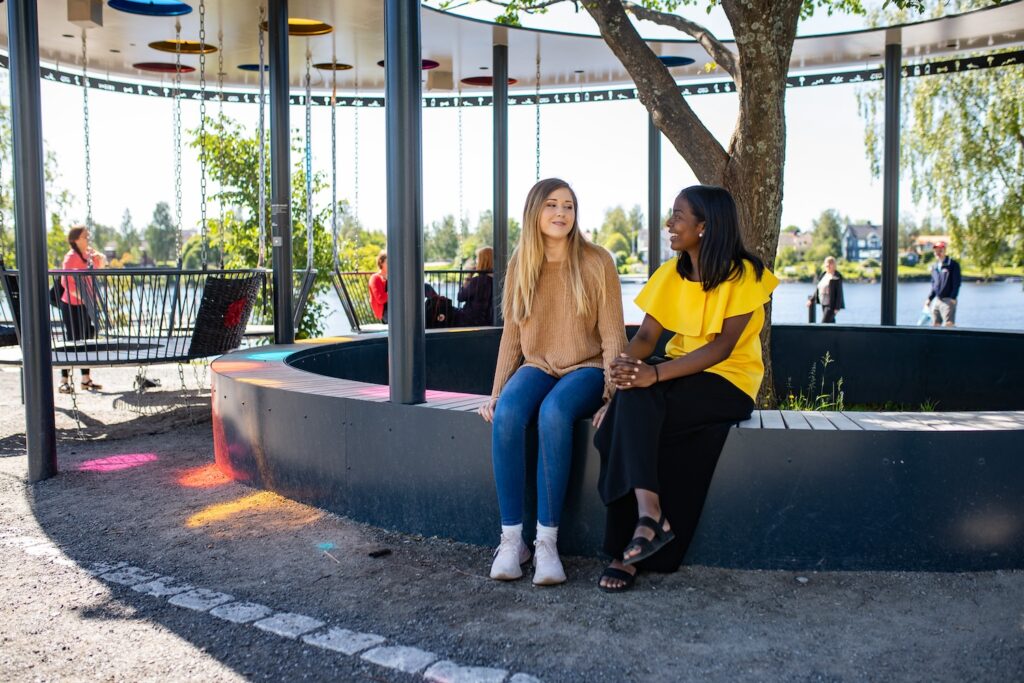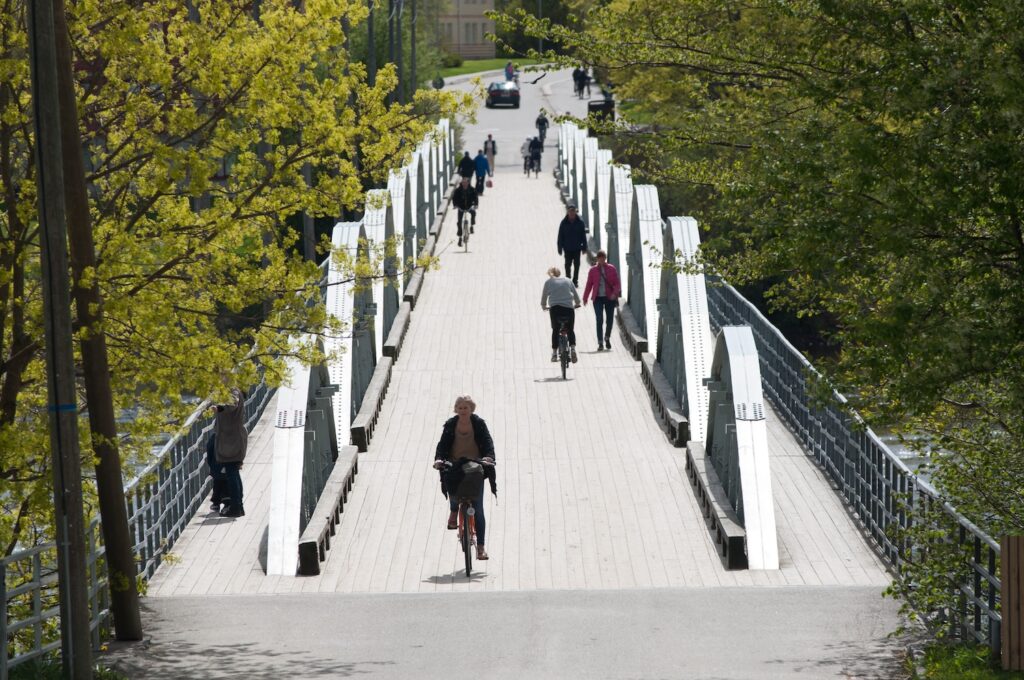NEB ambition
The ultimate ambition of the New European Bauhaus is to achieve transformation. To do this, the NEB Compass has identified specific levels of ambition that outline the desired outcomes for each of the NEB values.
The ultimate ambition of the New European Bauhaus is to achieve transformation. To do this, the NEB Compass has identified specific levels of ambition that outline the desired outcomes for each of the NEB values.
These areas refer to the five key domains of intervention that CrAFt's New European Bauhaus Impact Model considers essential for guiding and evaluating complex urban initiatives.
The participation level refers to the degree or extent to which individuals or groups are actively involved or engaged in a particular activity, project, or process. It assesses the depth of their involvement, contributions, and commitment, ranging from minimal or passive participation to active and dedicated participation.
The New European Bauhaus (NEB) aims to promote the values of sustainability, aesthetics, and inclusion in the design and transformation of urban spaces. It emphasises the integration of environmental, social, and economic considerations to create harmonious and innovative living environments.
According to the Smart City Guidance Package, there are seven stages to plan and implement smart city projects. These stages propose a logical and coherent roadmap for city initiatives involving many stakeholders.
Umeå is a university city in the Northeast of Sweden with a continuously growing population of 134,000 and a vision that transcends the conventional boundaries of urban development. From fostering inclusive dialogue with citizens to integrating sustainability, Umeå is charting a course toward a climate-neutral future that prioritises the well-being of its inhabitants and the planet.

At the forefront of this journey is Anna Sandström Emmelin, a strategic development officer at the city of Umeå. She was born and raised in Umeå. After her university studies in Umeå, she lived in Stockholm for nine years but missed her hometown so much that she decided to return. Her work revolves around sustainable urban development, collaboration, and social innovation.
Beyond the confines of her professional role, Anna is driven by a profound love for people and a passion for creating positive change. As an innovation and social change professional, her greatest inspiration is children’s curiosity and creativity. Anna’s greatest motivation at work is to create a socially sustainable Umeå where citizens can thrive in their everyday lives.
Among the several sustainable development programmes that Anna works on with her colleagues is one area of work: the New European Bauhaus initiative in Umeå, proving that the municipality’s commitment to sustainability extends far beyond mere rhetoric.
As one of the EU’s Mission Cities, Umeå is spearheading efforts to achieve climate neutrality, with a keen emphasis on inclusivity. Recognising culture as a fourth dimension of sustainability, Umeå has woven it into the fabric of its strategy, leveraging its rich cultural heritage to foster community engagement and empowerment.

Anna emphasises that culture is a vital part of the city’s DNA—Umeå was a European Capital of Culture in 2014—and influences everything they do, including efforts towards climate neutrality and creating a thriving town where everyone can enjoy a good life. For Anna, culture is not viewed as separate from other urban development goals, but inherently integrated into the city’s identity and vision.
In this sense, one of Umeå’s innovative endeavours was the Frizon project, which transformed a riverside space into a safe and welcoming environment designed by and for young girls. By involving them in the design process and in collaboration with artist Kerstin Bergendal, the city addressed their specific needs and fostered a sense of ownership and empowerment.

Beyond culture, integral to Umeå’s approach is its relentless pursuit of dialogue and collaboration. Through initiatives like the Umecom programme, citizens can voice their ideas and initiatives for a better city. These gatherings serve as incubators for community-driven solutions, empowering citizens to shape the future of their neighbourhoods.
Umeå’s long tradition of citizen dialogue has been structured around collecting and utilising citizen feedback to improve various aspects of the city. The city conducts programs where officials engage in conversations with citizens at places like outside supermarkets or public spaces. This allows for direct interaction and gathering of feedback from the residents. During these interactions, city officials gather input and suggestions from citizens regarding the city’s development and improvement.
The collected input is then synthesised to create a roadmap or plan for the city’s continuous development. This roadmap likely outlines specific actions or initiatives based on the feedback received from citizens. City officials use the roadmap to plan and prioritise development actions. This involves considering how to implement the suggestions effectively within the existing framework of the city’s development plans.

The city maintains an ongoing process of planning and implementing improvements based on citizen input. This ensures that the city remains responsive to its residents’ needs and preferences and continues to evolve in ways that enhance quality of life.
However, Umeå’s journey is not without its challenges. Ensuring that all voices are heard and maintaining high trust amidst rapid growth are ongoing concerns. Yet, the city is tackling these challenges head-on through proactive engagement and inclusive decision-making processes.
Umeå envisions a future where sustainability is not just a buzzword but a way of life. Anna sees Umeå as a climate-neutral city where citizens can thrive, fostering community and stewardship for future generations.
As Umeå continues its quest to create actionable futures with the support of Anna and her colleagues, it serves as a beacon of hope and inspiration for cities worldwide. Umeå is reimagining urban development and reshaping the essence of city life by prioritising inclusivity, sustainability, and community engagement.
Written by Jose Rodriguez
Photos by Sofia Forssén (1), Sara Stenberg (2), Fredrik Larsson (3 and 4), Peter Steggo (5)